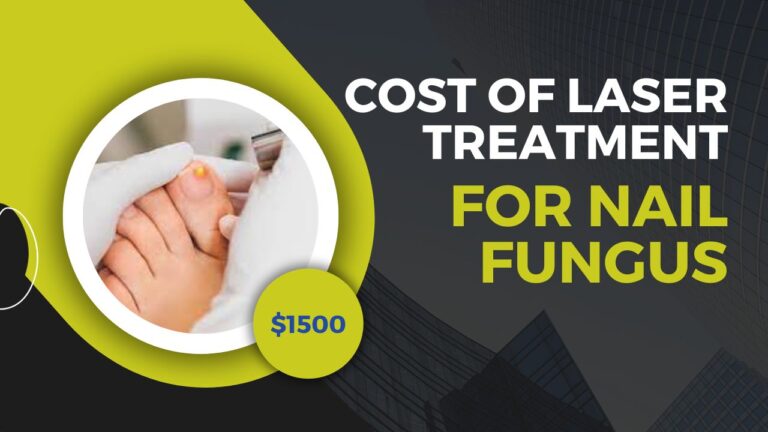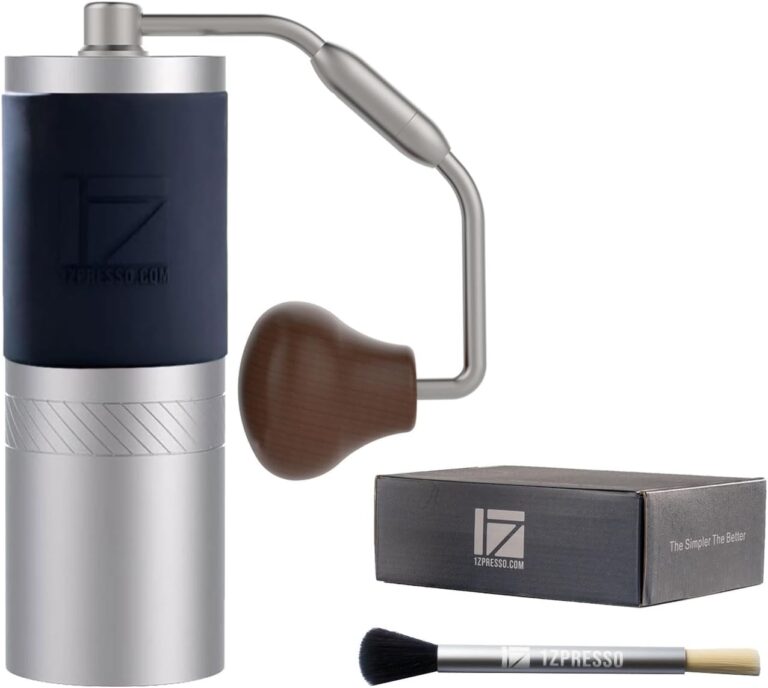Are floss picks good? Pros and cons

Introduction
Maintaining good oral health is vital for overall well-being. The American Dental Association emphasizes the importance of good oral hygiene to prevent tooth decay, gum disease, and bad breath. In this article, we’ll explore whether floss picks are a suitable choice for maintaining healthy teeth and gum tissue.
Understanding Floss Picks

What are Floss Picks?
Floss picks, also known as dental picks or flossers, are small plastic tools designed to clean between teeth. These tools consist of a handle and a small piece of floss, making them a portable and user-friendly option for removing food particles and plaque.
Different Types of Floss Picks
Floss picks come in various shapes and sizes, including Y-shaped and bow-shaped picks. Some even have textured surfaces or are infused with fluoride for added dental benefits.
Advantages of Floss Picks

Convenience
One of the main benefits of floss picks is their convenience. Their small size and single-handed use make them a preferred choice for quick dental maintenance.
Portability
Floss picks are incredibly portable, allowing you to maintain your dental hygiene even when on the go. This portability encourages regular flossing, an essential part of good oral hygiene.
Ease of Use
Floss picks are easy to handle, making them suitable for people of all ages, including those with dexterity problems. This ease of use ensures that you can clean your teeth effectively.
Disadvantages of Floss Picks
Limited Reach
While floss picks are easy to use, they have a limited reach. They may not effectively access tight spaces or the back of the mouth. In such cases, additional tools like interdental brushes may be needed.
Environmental Concerns
Many floss picks are made of non-biodegradable plastics, raising environmental concerns. Some brands now offer eco-friendly alternatives, which can be a good choice for those concerned about sustainability.
Effectiveness of Floss Picks

Plaque and Food Particle Removal
When used correctly, floss picks can effectively remove plaque and food particles. However, it’s important to ensure you are cleaning each section of the tooth’s circumference properly to prevent plaque buildup.
Gum Health
Using floss picks regularly can contribute to healthy gums, reducing the risk of gum inflammation and the beginnings of gum disease. Healthy gums are essential for overall dental well-being.
Comparison with Traditional Dental Floss
Which is More Effective?
The effectiveness of floss picks versus regular dental floss largely depends on your personal preferences and the condition of your teeth. Both methods can be equally effective when used properly.
Using Regular Dental Floss
Proper Technique
When using regular dental floss, it’s crucial to ensure you’re flossing in a straight line, moving gently between your teeth. Clean each section of the tooth’s circumference to remove plaque and food debris effectively.
Interdental Brushes
In some cases, using interdental brushes alongside regular dental floss can provide the best results, especially if you have occasional irregularities or dental work.
Water Picks: An Added Benefit
Water picks, also known as dental water jets or oral irrigators, can be a valuable addition to your oral hygiene routine. They use a stream of water to clean the contours of the tooth, helping to remove plaque and food debris.
Dealing with Plaque Buildup
Oral Irrigators
Oral irrigators can be especially helpful in dealing with plaque buildup. These devices use a stream of water to remove plaque and are beneficial for those with dexterity problems.
Gum Inflammation and Its Consequences
Untreated plaque and food debris can lead to gum inflammation, which, in the long term, can contribute to the beginnings of gum disease. Regular dental check-ups with your dental hygienist can help prevent this.
The Role of Your Dental Hygienist
Your dental hygienist can provide guidance on the best flossing methods for your specific dental needs. They can help you choose between regular dental floss and floss picks.
Pros and Cons of Floss Picks
Pros of Floss Picks
The pros of floss picks include their convenience, portability, and ease of use. These tools are an excellent choice for maintaining good oral hygiene, especially when used alongside regular dental floss or interdental brushes.
Cons of Floss Picks
The cons of floss picks include their limited reach and environmental concerns. While they are convenient, they may not be suitable for everyone, and eco-friendly options should be considered.
Choosing the Best Flossing Method
When choosing the best flossing method for you, consider your dental work and the type of floss that suits your needs. Whether you opt for small plastic handles or normal floss, it’s essential to find what works best for your oral health.
The Most Important Thing: Good Oral Hygiene
The most important thing to remember is that maintaining good oral hygiene is key to healthy teeth and gums. Whether you prefer floss picks, regular dental floss, or other interdental cleaning methods, consistency and proper technique are essential.
More Related Articles
- Hydrafacial vs microdermabrasion- Which one is best?
- which is better microblading or permanent makeup?
- The Cost of Laser Treatment for Nail Fungus: What to Expect
- 10 most dangerous Botox Lip Flip Side Effects
- Yoni Soap Benefits That You Don’t Know Before
Tips for Effective Flossing
While exploring the various flossing methods, it’s crucial to emphasize the importance of proper technique. Whether you choose traditional dental floss or floss picks, here are some tips for effective flossing:
- Take Your Time: Rushing through your flossing routine may result in incomplete cleaning. Dedicate a few minutes to ensure you clean between each tooth thoroughly.
- Use Enough Floss: When using traditional dental floss, use an adequate length (about 18 inches) to allow for a fresh section between each pair of teeth. For floss picks, make sure to use a new pick for each interdental space.
- Gentle Movements: Whether you’re using regular dental floss or floss picks, avoid aggressive or forceful movements. Gently glide the floss or pick between your teeth to avoid damaging your gums.
- Angle Matters: For optimal cleaning, angle the floss or pick slightly toward the gumline. This helps remove plaque from below the gumline, contributing to overall gum health.
- Regular Flossing: Consistency is key to maintaining good oral hygiene. Aim to floss at least once a day to effectively remove plaque and prevent the buildup of harmful bacteria.
- Combine Methods: You can combine flossing methods based on your specific needs. For instance, using floss picks for quick and convenient cleaning during the day and incorporating traditional dental floss into your nighttime routine for a more thorough clean.
Advanced Interdental Cleaning
In addition to regular flossing, some individuals may benefit from more advanced interdental cleaning methods. These include:
- Interdental Brushes: These small brushes come in various sizes and are designed to clean between teeth and around dental work like braces or bridges. They can be particularly useful for individuals with irregularities in their teeth.
- Soft-Picks: Similar to interdental brushes, soft-picks are flexible and gentle on the gums. They come in various sizes and can be effective in removing plaque from tight spaces.
- Orthodontic Floss Threaders: Individuals with braces or other orthodontic appliances may find floss threaders helpful. These devices allow you to thread floss under wires and between brackets for thorough cleaning.
- Antimicrobial Mouthwash: Rinsing with an antimicrobial mouthwash can complement your interdental cleaning routine by helping to reduce bacteria and freshen your breath.
Dental Professional Guidance
While these tips can enhance your at-home oral care routine, it’s essential to consult with your dental professional for personalized advice. Regular dental check-ups provide an opportunity for your dentist or dental hygienist to assess your oral health, identify any issues, and recommend specific interdental cleaning methods tailored to your needs.
Conclusion
In conclusion, maintaining good oral health involves a combination of consistent at-home care and professional guidance. Whether you choose traditional dental floss, floss picks, or other interdental cleaning methods, the key is to find a routine that works for you and promotes overall dental well-being. By incorporating effective flossing techniques and consulting with your dental professional, you can contribute to a healthy smile that lasts a lifetime.
In the quest for excellent dental health, the choice between traditional dental floss, floss picks, or other interdental cleaning methods depends on your individual needs and preferences. Regular dental check-ups, as recommended by the American Dental Association, are essential to ensure that you are using the best methods for your oral health.






